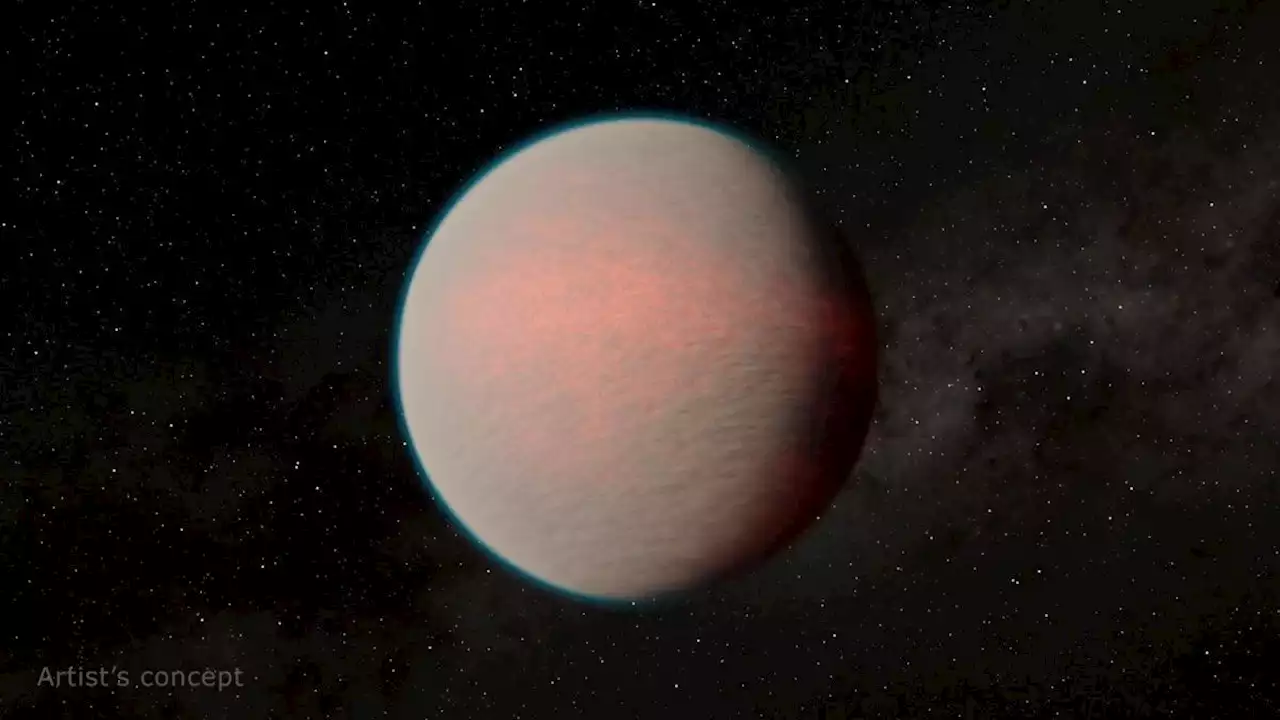Briley Lewis (she/her) is a freelance science writer and Ph.D. Candidate/NSF Fellow at the University of California, Los Angeles studying Astronomy & Astrophysics. Follow her on Twitter @briles_34 or visit her website www.briley-lewis.com.
Astronomers have finally peered past the clouds on the exoplanet GJ 1214b, a mini-Neptune planet around a star about 40 light-years away. Mini-Neptunes, like a shrunken down version of the familiar gas giant, are a common type of planet in our galaxy — but because there isn't one in our own solar system, these worlds have largely remained a curiosity for scientists.
Previous observations of the distant planet were foiled by thick cloud layers, but the powerful James Webb Space Telescope's infrared heat vision allowed astronomers to find a new view through the haze. The results, published May 10 in the journal Nature , reveal that GJ 1214b has an atmosphere made of steam, hinting at its past as a possible"water world," according to NASA researchers.
The temperature on GJ 1214b shifted dramatically from day to night, getting as hot as 535 degrees Fahrenheit and then cooling down by more than 100 degrees F at night.
GJ 1214b"either lost a lot of hydrogen, if it started with a hydrogen-rich atmosphere, or it was formed from heavier elements to begin with — more icy, water-rich material," lead study author Eliza Kempton , a University of Maryland astronomer, said in the statement."The simplest explanation, if you find a very water-rich planet, is that it formed farther away from the host star," she added.
Astronomers still have a lot left to figure out about GJ 1214b, but they hope to observe more mini-Neptunes with JWST in the near future. According to Kempton, they hope to figure out a"consistent story" for how mini-Neptunes are created, and how this particular one ended up with so much water.
United States Latest News, United States Headlines
Similar News:You can also read news stories similar to this one that we have collected from other news sources.
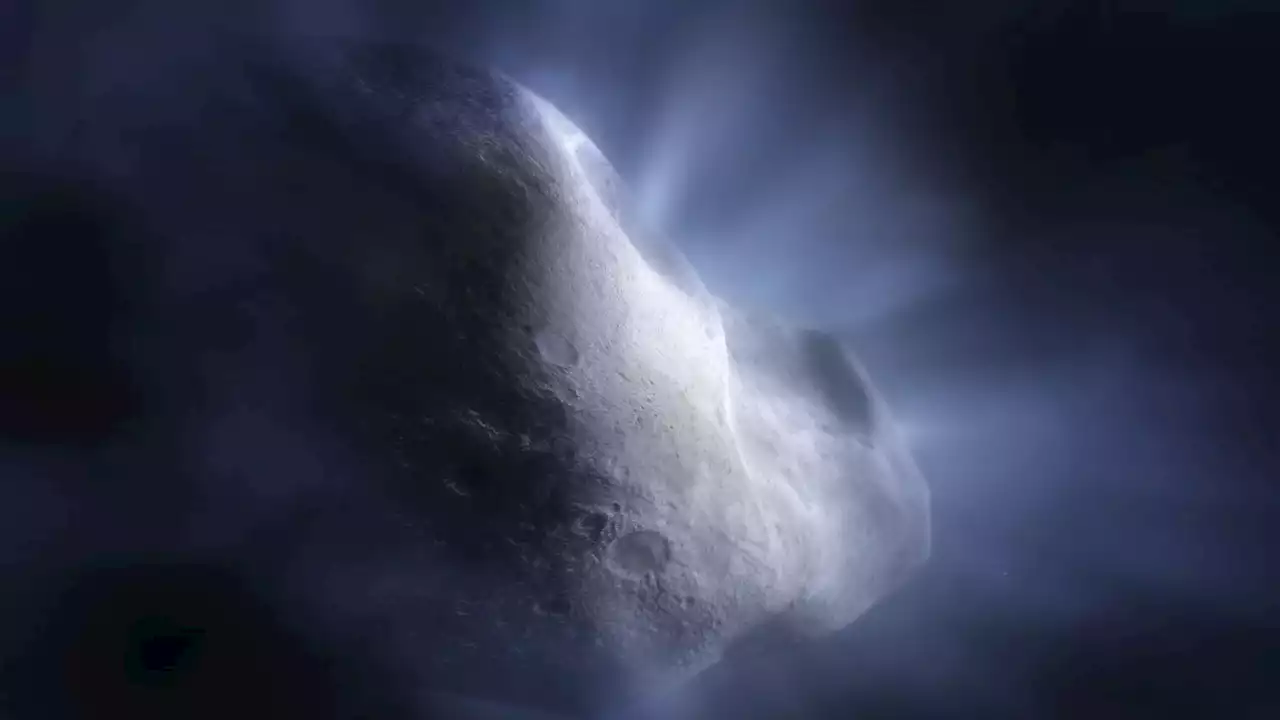 James Webb Space Telescope discovers water around a mysterious cometThe study of Comet 238P/Read, which lurks in the main asteroid belt, could help reveal the source of Earth's water, a vital ingredient for life on our planet.
James Webb Space Telescope discovers water around a mysterious cometThe study of Comet 238P/Read, which lurks in the main asteroid belt, could help reveal the source of Earth's water, a vital ingredient for life on our planet.
Read more »
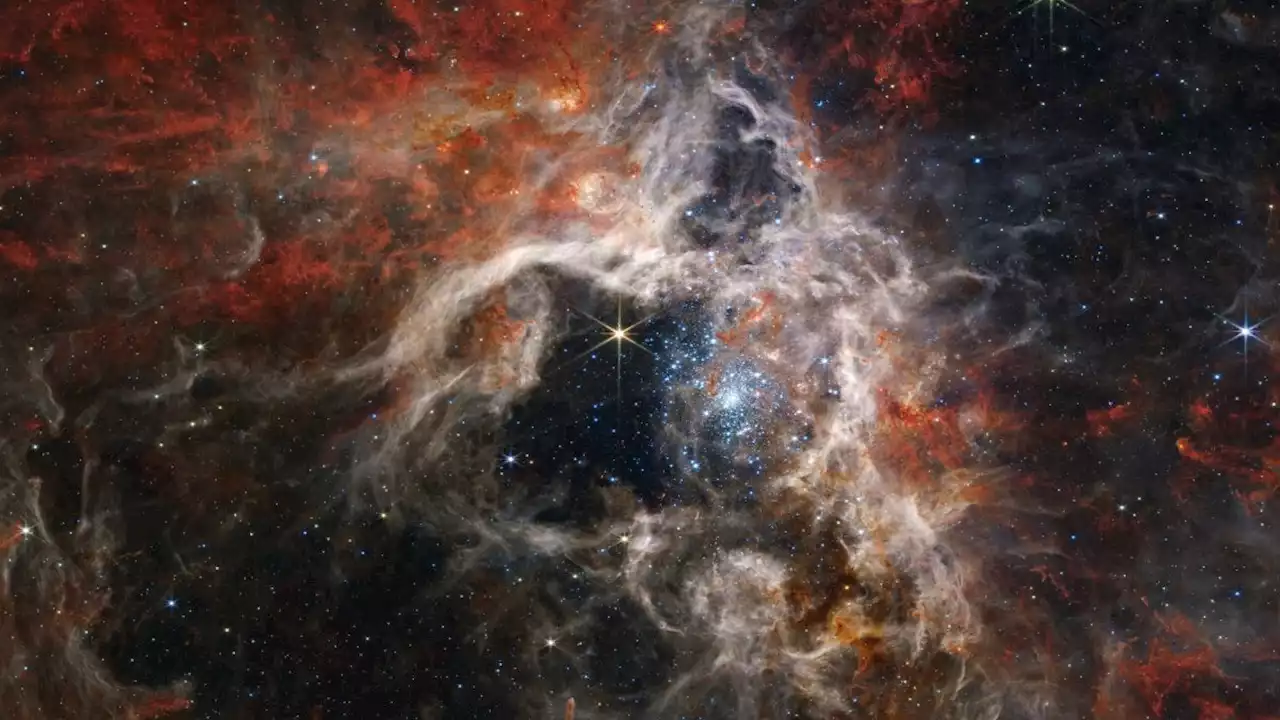 25 jaw-dropping James Webb Space Telescope imagesFrom nebulas and black holes to baby star nurseries and ancient collisions, the universe has never looked more beautiful thanks to NASA's $10 billion-telescope.
25 jaw-dropping James Webb Space Telescope imagesFrom nebulas and black holes to baby star nurseries and ancient collisions, the universe has never looked more beautiful thanks to NASA's $10 billion-telescope.
Read more »
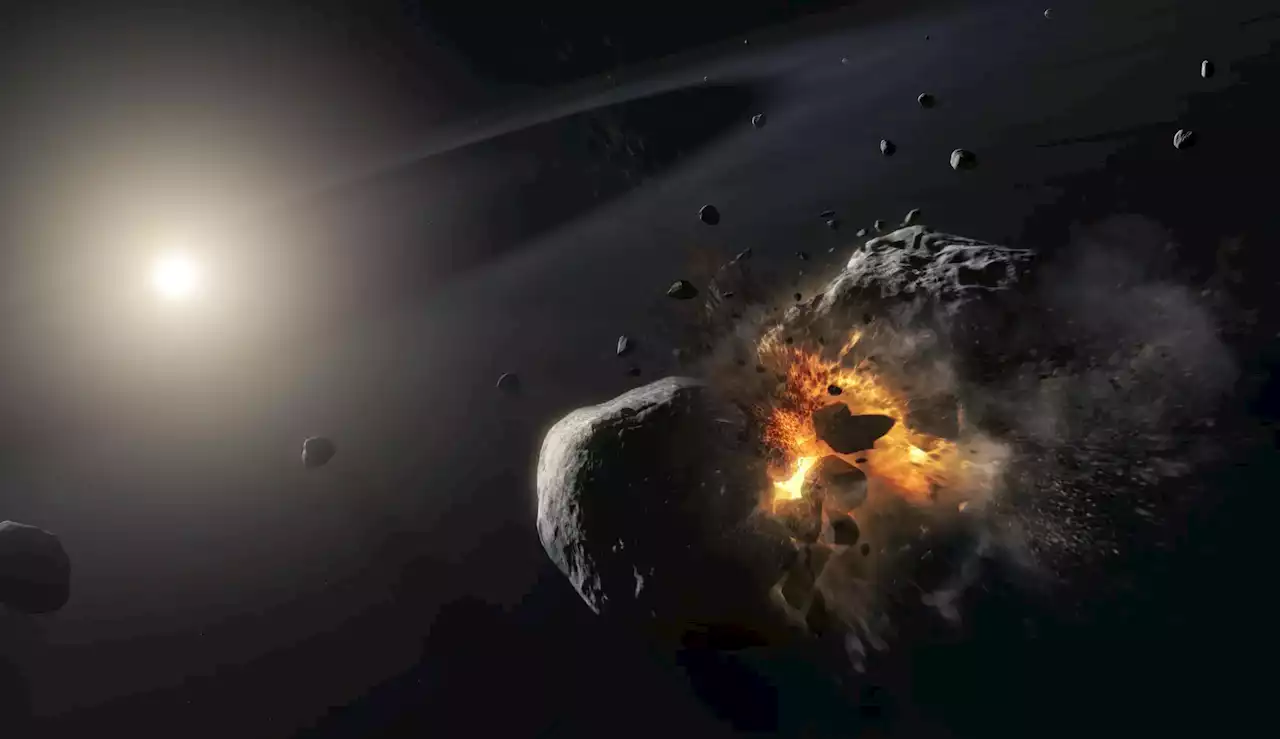 This Week @NASA: Webb’s Surprising Look at Fomalhaut’s Asteroid Belt, TROPICS CubeSats LaunchedA spacecraft changes parking spots at the space station … A surprising look at a star in another solar system … And small satellites that could be a big help tracking tropical storms … A few of the stories to tell you about – This Week at NASA! https://youtu.be/6tv0S_eBN2w Spacecraft
This Week @NASA: Webb’s Surprising Look at Fomalhaut’s Asteroid Belt, TROPICS CubeSats LaunchedA spacecraft changes parking spots at the space station … A surprising look at a star in another solar system … And small satellites that could be a big help tracking tropical storms … A few of the stories to tell you about – This Week at NASA! https://youtu.be/6tv0S_eBN2w Spacecraft
Read more »
 Giants waste Logan Webb’s strong start, lose 2-1 to ArizonaThe Giants lose three of four to Arizona, a team they hope to compete with for a playoff berth in the N.L. West.
Giants waste Logan Webb’s strong start, lose 2-1 to ArizonaThe Giants lose three of four to Arizona, a team they hope to compete with for a playoff berth in the N.L. West.
Read more »
 Logan Webb's Effort Wasted in Giants' Third Straight Loss to DiamondbacksLogan Webb pitched well, but it wasn’t enough as the Giants dropped their third straight game in a 2-1 loss to the Arizona Diamondbacks.
Logan Webb's Effort Wasted in Giants' Third Straight Loss to DiamondbacksLogan Webb pitched well, but it wasn’t enough as the Giants dropped their third straight game in a 2-1 loss to the Arizona Diamondbacks.
Read more »
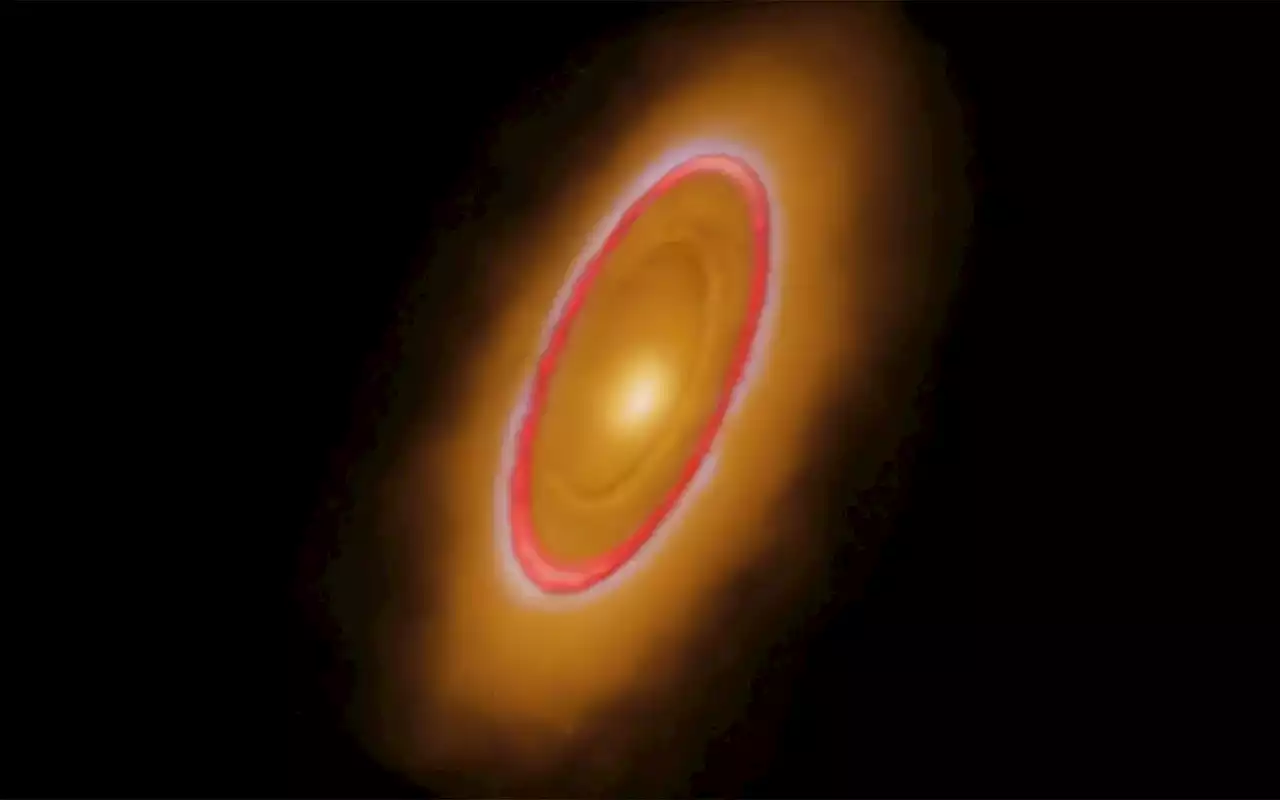 Webb Space Telescope Captures Nearby Planetary System in Breathtaking DetailA new Webb Space Telescope image of the bright, nearby star Fomalhaut reveals details never seen before, including nested rings of dust that hint at the forces of unseen planets. A team led by University of Arizona astronomers used NASA's James Webb Space Telescope to image the warm dust around a
Webb Space Telescope Captures Nearby Planetary System in Breathtaking DetailA new Webb Space Telescope image of the bright, nearby star Fomalhaut reveals details never seen before, including nested rings of dust that hint at the forces of unseen planets. A team led by University of Arizona astronomers used NASA's James Webb Space Telescope to image the warm dust around a
Read more »
